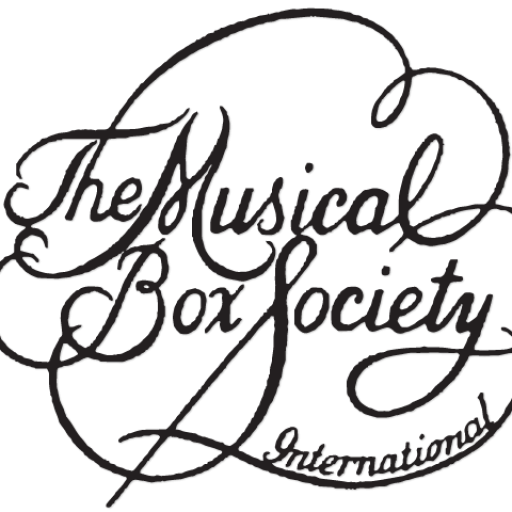1. Plucked stringed instrument with separate sections of unfretted bass/accompaniment and fretted melody strings. Produces a clear, ringing tone. 2. Music box attachment that applies a hollow cylinder of tissue paper to the comb, producing a pizzicato or plucked string effect.
sur plateau
See platform movement.
sustaining pedal
In a piano a pedal which lifts the dampers (also listed in this Glossary) from the piano strings, causing the vibrations to be sustained or continued until they fade naturally or until the sustaining pedal is released.
Swanee Whistle
Patented (in 1924) pneumatically-actuated slide whistle. The pitch rises and falls as the bottom slide or stopper is moved in and out. Sometimes called a lotus flute (although lotus flute refers to another style of pipe). Popular addition to jazzband-type orchestrions of the 1920s, for imitating the slide whistle which was popular in dance bands of the time.
swell division
A division of the pipe organ controlled by its own manual and contained in a box fitted with swell shutters for expression purposes.
